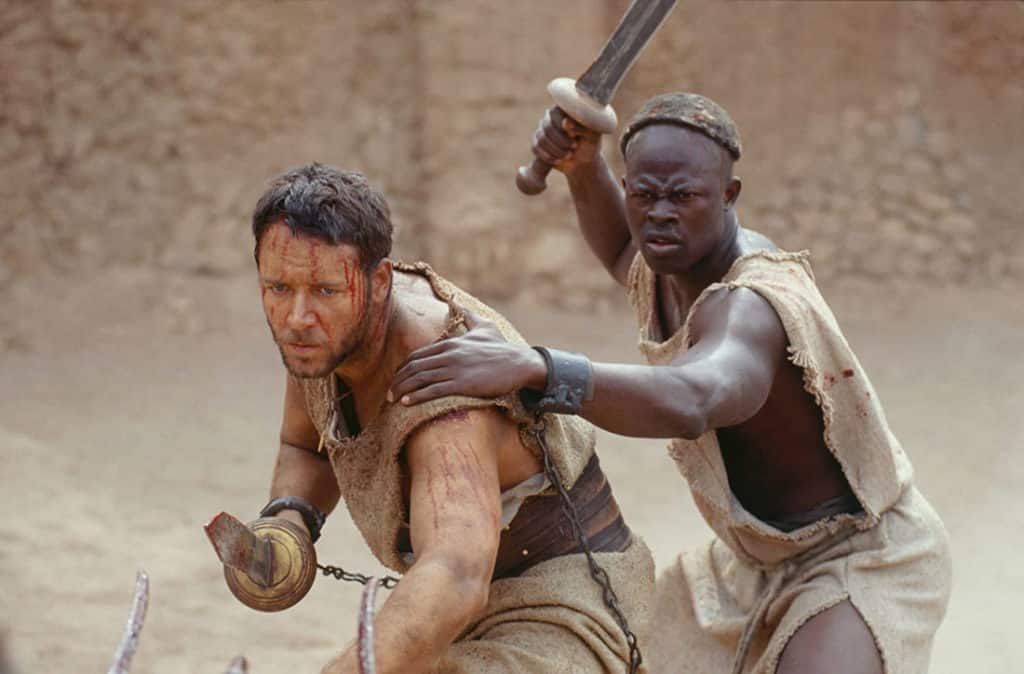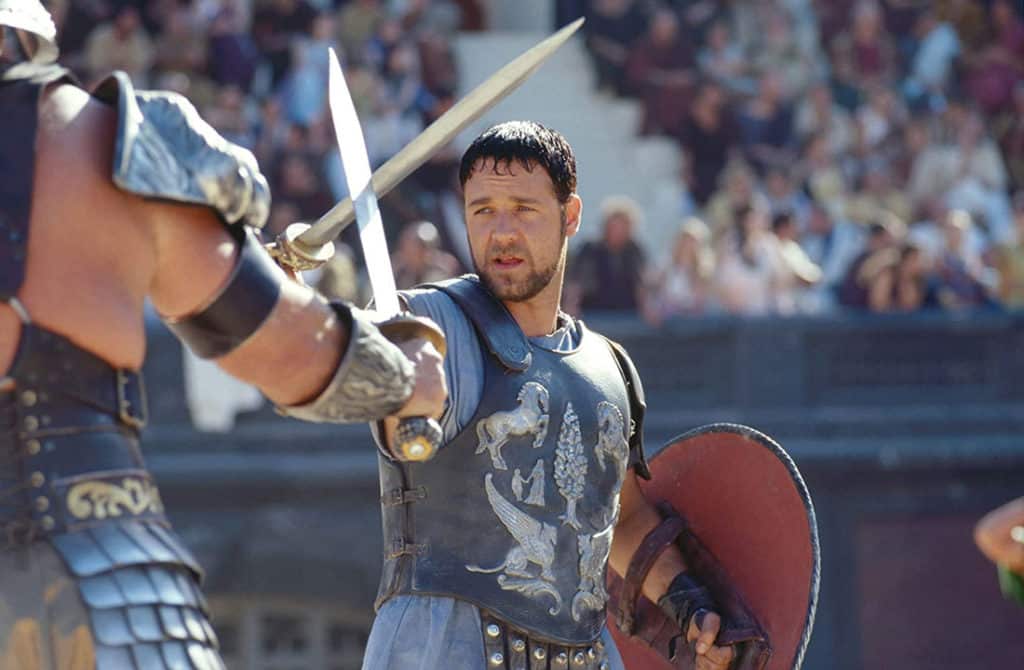The Gladiator in Ancient Rome were Sex Symbol
We all know that gladiators were particular fighters of ancient Rome but we do not know a whole series of curious aspects about these people, who are so famous even in modern times, despite the fact that many centuries have passed.
The name derives from gladius, the sword of the ancient Roman legionary that was also used by wrestlers. The practice of duels between gladiators comes from the Etruscans and, like many other aspects of Etruscan culture, this too was adopted by the Romans.
The gladiators were on average between 20 and 35 years old (in the majority, however, 30), in line with the life expectancy of the time. And the height was also in line with the time: 168 cm.
The first gladiator show probably took place in 264 BC. In 105 BC the games became public.
The number of gladiatorial shows increased enormously during the Empire.
The Flavian dynasty, which began with the Emperor Vespasian, built the largest and most famous amphitheater in the world, the Flavian amphitheater, later known from the Middle Ages as the Colosseum. In the fourth century, Emperor Constantine I, after embracing the Christian faith, prohibited them.
What were the gladiators used for? According to the modern interpretations of Roman history scholars, above all to curry favor with the people and divert the attention of citizens from political life. They were also an effective propaganda tool. The first to understand this was Juvenal, who summarized this political strategy with the expression “bread and circuses”.

I combattenti potevano essere dei veri professionisti, nuovi gladiatori inesperti, condannati, criminali, schiavi, galeotti, prigionieri di guerra, cristiani, o degli uomini liberi, senza distinzioni di razza, né di sesso (i combattimenti di gladiatrici, estremamente rari, erano comunque sempre quelli più richiesti).
I galeotti e i prigionieri di guerra, particolarmente agguerriti per essere sopravvissuti ad anni di lotte e di sofferenze, erano molto ricercati. Molto spesso erano originari di terre lontane (per esempio Numidia, Tracia, Germania), e si proponevano volentieri, in modo da poter progredire in questa carriera.

La maggior parte dei gladiatori erano infatti schiavi o ex schiavi, ma anche come detto individui nati liberi che combattevano sotto contratto con un “manager”. Erano spesso considerati alla stregua delle prostitute, degli attori e dei protettori, e generalmente dei reietti. Spesso li accompagnava la definizione di “infames” (persone di cattiva reputazione).
La cattiva fama giovava comunque ai gladiatori, veri e propri sex symbol del loro tempo. Amati anche dalle donne della nobiltà, che per l’amore di un gladiatore erano disposte a tutto. Come Eppia, moglie di un senatore, che abbandonò il marito per fuggire con un eroe dell’arena.

